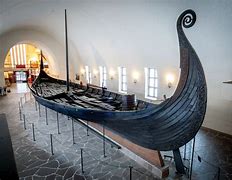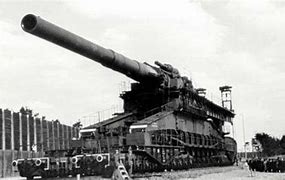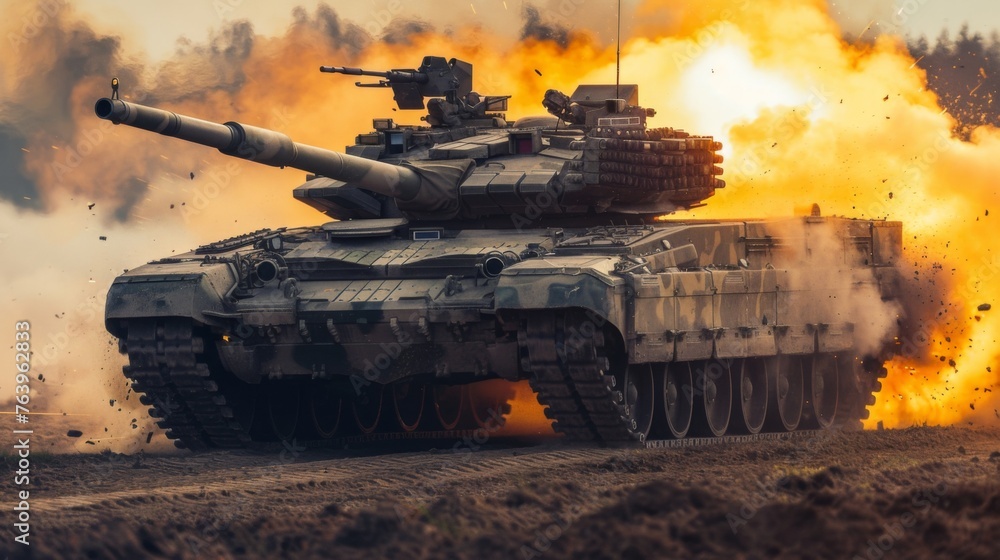Your basket is currently empty!
Ancient and Classical Eras
- Chariots were the superweapons of the Bronze Age: These light, two-wheeled carts, often pulled by two horses and carrying archers or spearmen, revolutionized warfare. Their speed and maneuverability made them devastating on open battlefields, dominating from around 2000 BC until they were largely superseded by cavalry.
- The Roman Onager was an ancient “tank destroyer”: While not a tank in the modern sense, the onager (a type of catapult) was a powerful siege engine capable of hurling large stones or incendiary projectiles with immense force. It was crucial for breaking down fortifications and intimidating defenders, making it a precursor to heavy artillery.

Medieval Period
- Trebuchets could hurl disease-ridden corpses: Beyond launching massive stones, medieval trebuchets (counterweight siege engines) were used as early forms of biological warfare. Attacking armies would sometimes catapult plague victims or animal carcasses over castle walls to spread disease and weaken the defenders.
- Early firearms were often unreliable and dangerous for the user: The first handheld firearms, like the hand cannon from the 14th century, were rudimentary. They were slow to load, wildly inaccurate, and prone to exploding, posing a significant risk to the person firing them.

Early Modern to Industrial Revolutions
- The “Turtle” was America’s first combat submarine: Designed by David Bushnell during the American Revolutionary War (1775-1783), this hand-powered submersible attempted to attach a mine to a British warship. While unsuccessful in its mission, it marked a pivotal moment in submarine warfare development.
- “Ironclads” revolutionized naval warfare during the American Civil War: Ships like the USS Monitor and CSS Virginia, with their heavy iron plating, rendered wooden warships obsolete. Their clash at Hampton Roads in 1862 signaled the beginning of the modern battleship era.
World Wars
- Tanks were initially called “water carriers” to deceive the enemy: When developed by the British during World War I, these armored vehicles were given the codename “water carriers” (leading to the term “tank”) to conceal their true purpose from German intelligence. They made their combat debut in 1916.
- The German “Schwerer Gustav” was the largest artillery piece ever built: This monstrous railway gun from World War II weighed 1,350 tons and could fire shells weighing over 7 tons up to 47 kilometers. Its immense size made it impractical for most operations, and it saw limited use.

Modern Era (Cold War to Present)
- Stealth technology makes aircraft virtually invisible to radar: Pioneered in the late 20th century, stealth aircraft like the F-117 Nighthawk and B-2 Spirit are designed with special shapes and materials that absorb or deflect radar waves, making them incredibly difficult to detect, revolutionizing air combat.
- Drones are becoming increasingly autonomous: While early drones were remotely piloted, modern military drones are incorporating advanced artificial intelligence and machine learning. This allows them to perform complex tasks with less human intervention, from reconnaissance and surveillance to targeted strikes, raising significant ethical and strategic questions about future warfare.
Prepare to delve deeper into the arsenal of human ingenuity and destruction. On this blog, we’ll continue to uncover the captivating stories and cutting-edge innovations behind the war machines that have shaped our world.

